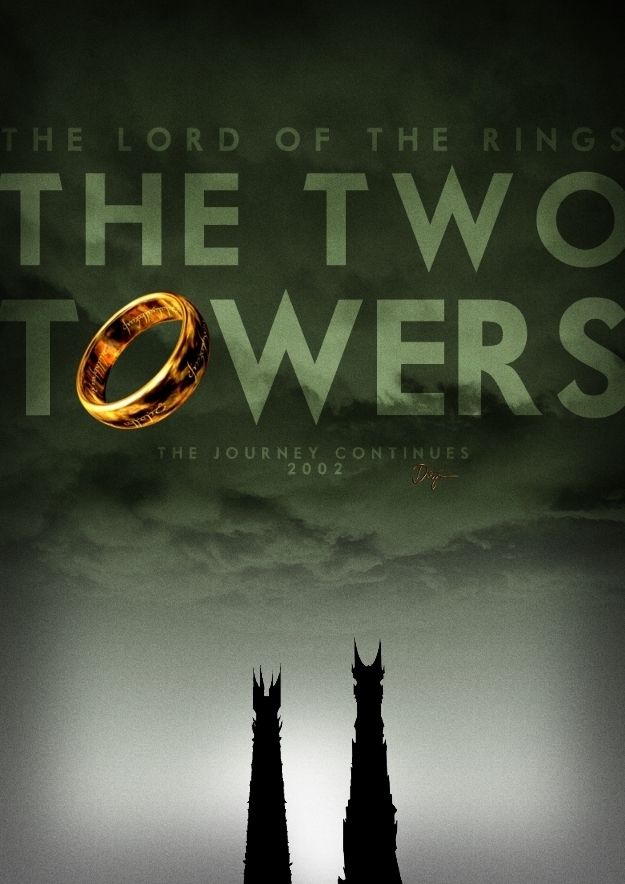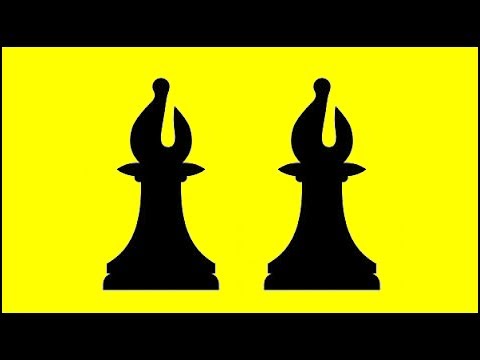INTRODUCTION
After learning elementary queen and rook checkmates it is time to take another “small step” for a chessplayer and learn another elementary mate.
If you recall the basic chess rules, the next piece on the relative strength scale is the bishop. However, from the bishop onwards, a single piece can’t deliver the elementary checkmate to the bare opponent’s king.
Therefore, as a next elementary mate we will study the typical mate of the two bishops, a mate that every chess player should be familiar with.
And I only wish to add that it is very useful that “double figures” mates start with the bishops, instead of the rooks.
Because it would be much harder for everyone to avoid the rookie mistake and call the rook “THE TOWER” instead.

MATING PICTURE
First of all, we shall follow the familiar track and get acquainted with the mating picture. Similarly to the other elementary mates, the mate itself takes place either at the edge, or at the corner of the board. Some of the possible mating pictures are demonstrated on the diagram below (Hint: Note that once again White will be the mating side throughout the whole post)
Here it is important to note that White’s light squared bishop controls all the light squares around the Black king, while the dark squared bishop controls all the dark squares. I guess you were very surprised by this fact.
But I am emphasizing this nevertheless, since the elementary mating mechanicsm will consist of two bishops supplementing each other.
Naturally, a careless player can rather easily spoil a game, which in bishop checkmate context means stalemate. Since both bishops operate on only one diagonal, it is much harder to miss that the opponent’s king will be stalemated. But still, it is worth reminding ourselves of some possible stalemate pictures, in order not to lule our vigilance too much.
After covering the basic DO’S and DONT’S in terms of mating pictures, we can finally start learning the mating mechanicsm. In contrast to the queen and rook checkmates, we will examine only one basic mechanicsm, since there is no “dumber” or “smarter” way of executing the mate.
MATING MECHANISM
Let us start “deus ex machina”..uhm..I mean “in medias res”.. and consider the initial not-very-likely-to-meet-over-the-board position.
Conclusion
Hopefully, after reading this it will be easier to perform the bishops checkmate once you encounter it over the board.
Since this example was meant to be educational, it hasn’t followed the fastest way towards the goal. Once you get some experience, you can always consult the Nalimov Tablebase tool, a specified computer engine that gives the final evaluation of the endgame position that containes up to 6 pieces on the board.
From the practical point of view, it is worth remembering the following:
- The example started from the hardest possible starting position, and still the sub-optimal mate was performed in only 24 moves, which is way below the maximum allowed 50 moves which player has according to the rules to perform the mate.
That concludes this post. If you ever get confused during the mating proces, just remember that bishops have to be in synergy.


